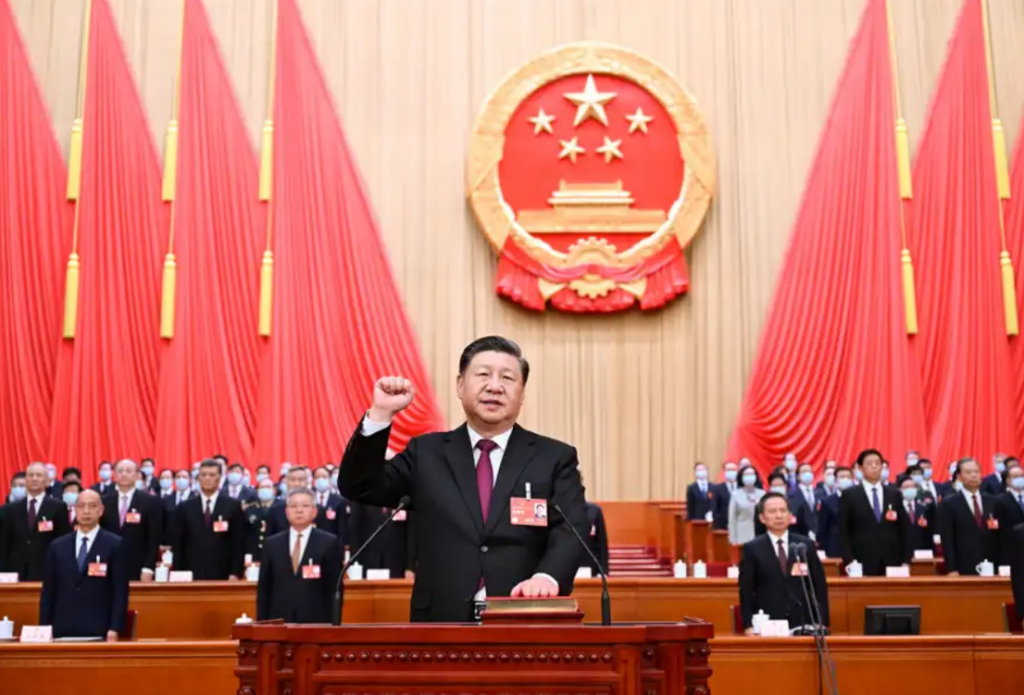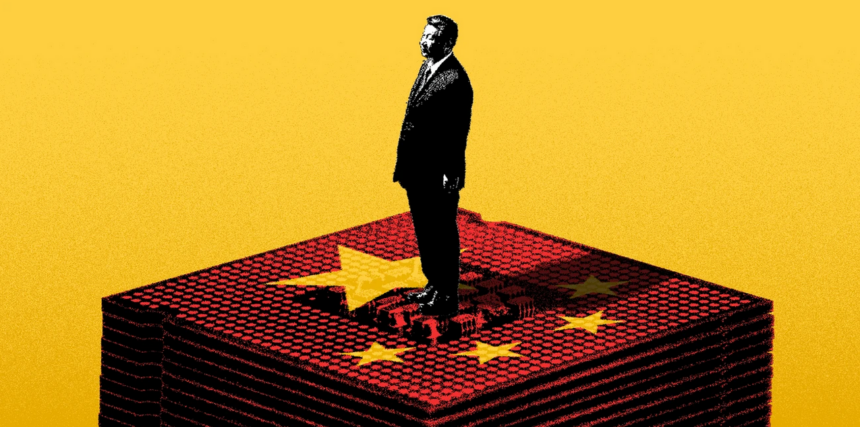In the breakneck world of artificial intelligence (AI), where algorithms learn and evolve at lightning speed, the technology itself isn’t the only game-changer. It’s who gets to define how AI is built, and used, and ultimately, what information it feeds on. Here, China’s ambitions to dominate AI paint a stark picture – a future where AI can be a tool for progress or oppression, depending on who holds the reins.
China’s master plan
Since 2017, the Chinese Communist Party (CCP) has been playing a long game. Their meticulously crafted plan outlines a path to supremacy in AI creation, application, and dissemination. The goal? By 2020, China envisioned “iconic advances” in AI models, core devices, and the software that underpins it all. But this grand vision hit a snag in 2022 with the phenomenal launch of OpenAI’s ChatGPT. This powerful language model, freely available to the public, showcased the US’s current lead in the AI race and thrust the once-private competition into the global spotlight.
Censorship vs. innovation
China’s tech giants scrambled to respond. Domestic AI models began popping up, but with a twist – they were meticulously tailored to China’s tightly controlled information environment. Unlike their Western counterparts, these AI models wouldn’t be trained on the vast, messy sea of the internet. Instead, they’d be fed a curated diet, one that adheres to the CCP’s vision of “social construction.” This raises a critical question: can a truly innovative AI be built on a foundation of censorship?
While China’s AI might lag behind in overall development, its potential for harm shouldn’t be underestimated. The CCP views AI as a tool to solidify its grip on power, a frightening prospect for domestic freedoms. Imagine AI-powered surveillance systems becoming even more sophisticated, or chatbots programmed to silence dissent. The potential for misuse extends beyond China’s borders. The CCP could become an exporter of authoritarian AI, offering tools of control and information manipulation to other regimes.

Feeding the machine: Data, the Achilles’ Heel?
China’s AI ambitions face significant hurdles. The Great Firewall of China, designed to control information flow, creates a data desert for AI development. Without the rich tapestry of information available in the West, Chinese AI models might be fundamentally handicapped. Additionally, the CCP’s focus on controlling AI outputs over fostering innovation could stifle progress. Imagine trying to push the boundaries of scientific discovery with a research assistant who can only answer pre-approved questions.
Accountability in the age of AI
Despite these concerns, there are some takeaways from China’s approach. The CCP has established regulations for deepfakes and labelling AI outputs to ensure authenticity. This emphasis on accountability resonates – as AI becomes more powerful, clear guidelines are essential to prevent misuse. The current lack of a comprehensive regulatory framework in the US leaves a gap that China’s approach, for all its flaws, partially addresses.
The US urgently needs to develop a robust AI regulatory framework. This framework should balance innovation with safeguards against potential misuse. The alternative is a world divided by an “AI curtain,” where the US and China lead in fundamentally different versions of this technology. Such a scenario could severely hinder international cooperation on issues like climate change and global health.
A different kind of victory
China’s pursuit of AI dominance highlights a crucial truth: it’s not just about building the most powerful AI. It’s about who gets to define the ethical and societal implications of this technology. While China might struggle to catch up in the overall AI race, it could still develop highly specialized models for specific purposes. These models, coupled with China’s control over domestic access, could give them a significant edge in certain sectors. More importantly, China could become the leading supplier of AI tools for authoritarian regimes, further fracturing the global digital landscape.
The race for AI supremacy is not just about technological prowess. It’s a battle for the future – a future where AI can be a force for progress or a tool for oppression. The choices made today, by China, the US, and the international community as a whole, will determine the kind of world we create for generations to come. We must strive for a future where AI serves humanity, not the other way around. This necessitates a







